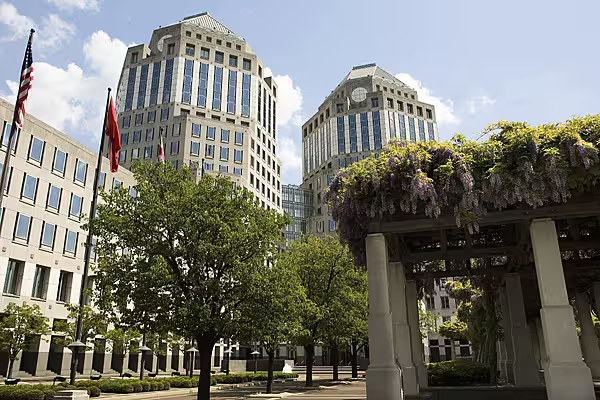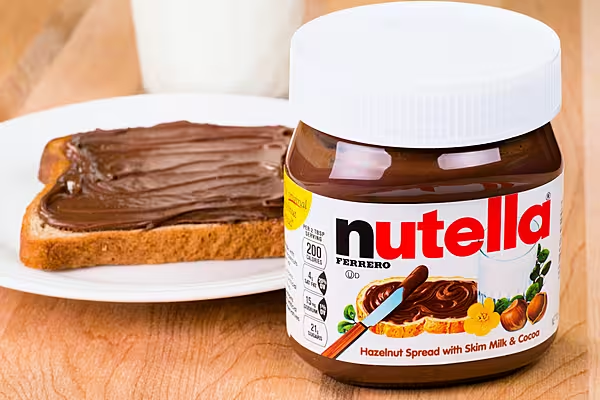The key goal for Procter & Gamble Co.’s David Taylor – reigniting growth at the consumer-products giant – remains out of reach.
The chief executive officer, who took the helm in late 2015, has been trying to boost sales after years of retrenchment, but a bevy of setbacks in the latest quarter, including continued currency headwinds, kept the figure in negative territory.
P&G, long the world’s largest seller of consumer products, is under assault from upstart brands and more demanding retailers. Taylor has had to make deep price cuts in the company’s former cash cows, such as Gillette razors, and shaky economies overseas have robbed foreign customers of their appetite for its premium products.
The challenges added up to a net-sales decline of 1%, to $15.6 billion last quarter, missing the $15.7 billion projected by analysts. Still, the maker of Tide and Bounty modestly beat profit estimates in the period, and organic sales, which strip out currency, edged up 1%.
P&G shares fell as much as 1.7%, to $88.50, in early trading. The stock had gained 7% this year through Tuesday’s close.
The storm clouds have kept Taylor from getting P&G back into expansion mode. When he became CEO, he inherited a company that was unloading 100 brands and looking to start over from a smaller base. Its legendary former chief, A.G. Lafley, had focused on scaling back the sprawling operation and shedding poor-performing businesses. A central part of the effort was the roughly $12.5 billion deal to sell make-up brands to Coty, Inc.
The second half of the turnaround – rebuilding P&G – is still unfinished. The gambit is that the cost savings from the company slimming down can be used to better sell the products that it has left.
“With this huge step behind them, management is now focusing on using part of the unlocked cash to increase innovation and marketing,” said Andrea Teixeira, an analyst at JPMorgan Chase & Co.
Slow Payoff?
It may take time for the new strategy to pay off. Taylor, who turns 59 this month, blamed the latest results on an economy “characterised by a slowdown in market growth, continued geopolitical disruptions, and foreign-exchange challenges.”
US retail woes also are taking a toll on P&G. Stores are keeping a tighter rein on inventory as they try to ward off online competition. At the same time, younger consumer brands are looking to undercut P&G on price, and it’s facing more competition from so-called sustainable products, which have caught on with many millennial shoppers.
Shaving products have been hit especially hard. P&G’s Gillette razors and blades are under assault from rivals such as Dollar Shave Club. The competition forced the company to cut prices by 12%, according to Wells Fargo & Co. analyst Bonnie Herzog.
“[The company’s premium products put it at] a disadvantage with increasingly price-sensitive consumers,” Herzog said.
P&G reported earnings of 96 cents a share, excluding some items. That topped the 94 cents analysts were projecting. Keeping a lid on expenses has helped the Cincinnati-based company maintain profit, even as sales remain sluggish.
The company also reaffirmed its forecast for the year, saying that it expects organic sales growth of 2% to 3%, but, so far, P&G said that it’s at the “low end of this range”. Earnings will rise in the mid-single digits from last year, when they were $3.67 a share, excluding some items.
P&G’s health-care products, including toothbrushes, performed the best last quarter, with organic sales climbing 6%. Grooming suffered a 6% decline by that measure, with the shaving price war weighing on results.
News by Bloomberg, edited by ESM. Click subscribe to sign up to ESM: The European Supermarket Magazine.














